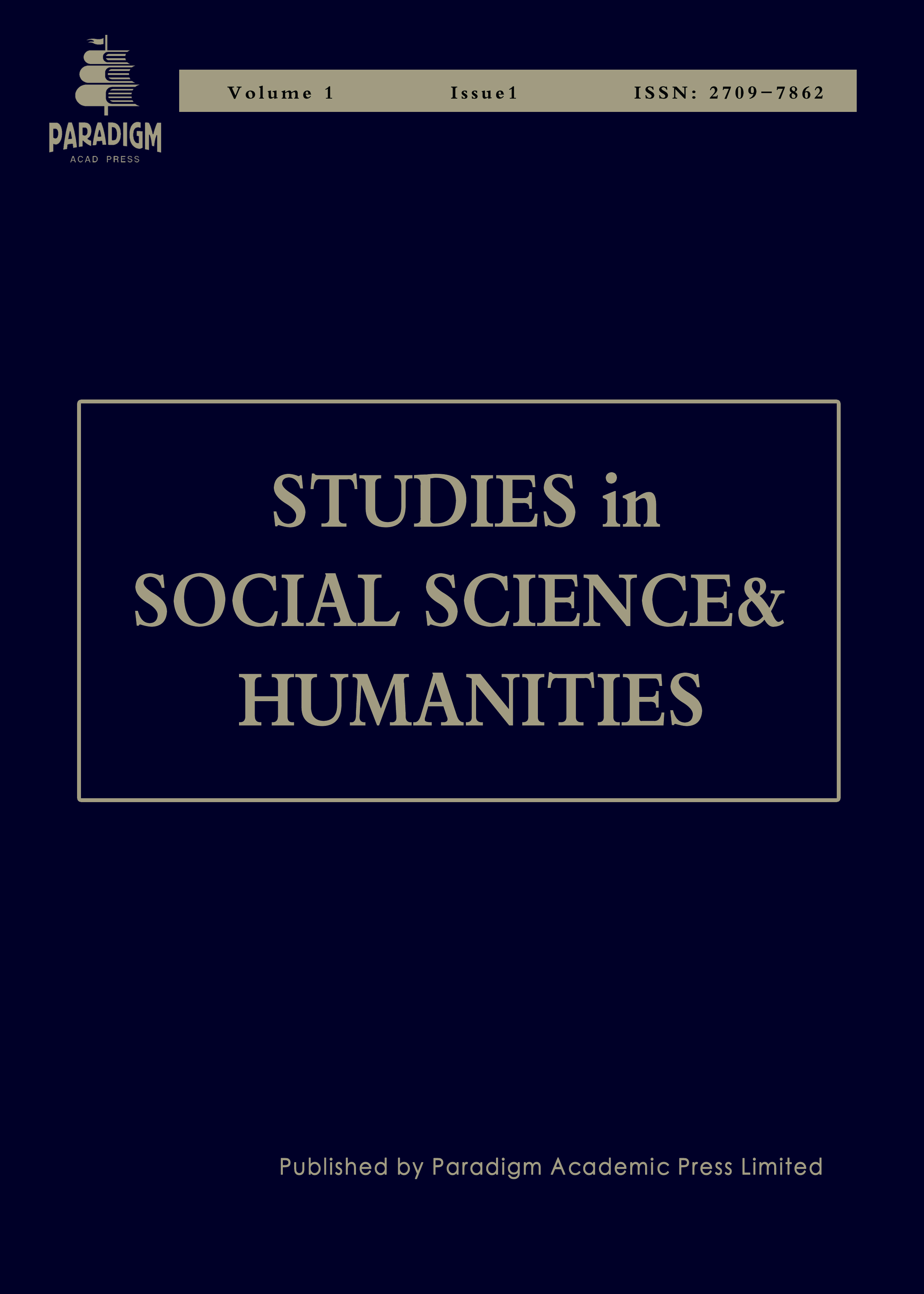The Symbolism of Religious Rituals: An Analysis of Mystical Ceremonies in Pharaonic Tombs from Circa 2600 to 2100 BCE in Ancient Egypt
Keywords:
ancient Egypt, Pharaonic tombs, religious rituals, symbolism, Opening of the Mouth ceremony, Weighing of the Heart ceremony, archaeological discoveries, symbolic languageAbstract
This academic paper conducts a thorough exploration of the symbolism of religious rituals in Pharaonic tombs during the period circa 2600 to 2100 BCE in Ancient Egypt. The study traverses the intricate tapestry of visual and ritualistic elements within these tombs, providing insights into the spiritual dimensions that defined the ancient Egyptian worldview. Through an analysis of archaeological discoveries, case studies, and the historical context, the paper unveils the dynamic language of symbolism, highlighting key rituals such as the Opening of the Mouth and Weighing of the Heart ceremonies. The results encompass a synthesis of findings, presented visually in tables, offering a comprehensive understanding of the recurrent themes and symbols across different tombs and epochs. The discussion interprets these findings in the context of existing literature, explores their implications, and addresses potential biases. The conclusion summarizes the main contributions and outlines recommendations for future research, emphasizing the enduring legacy of Ancient Egyptian religious practices.


